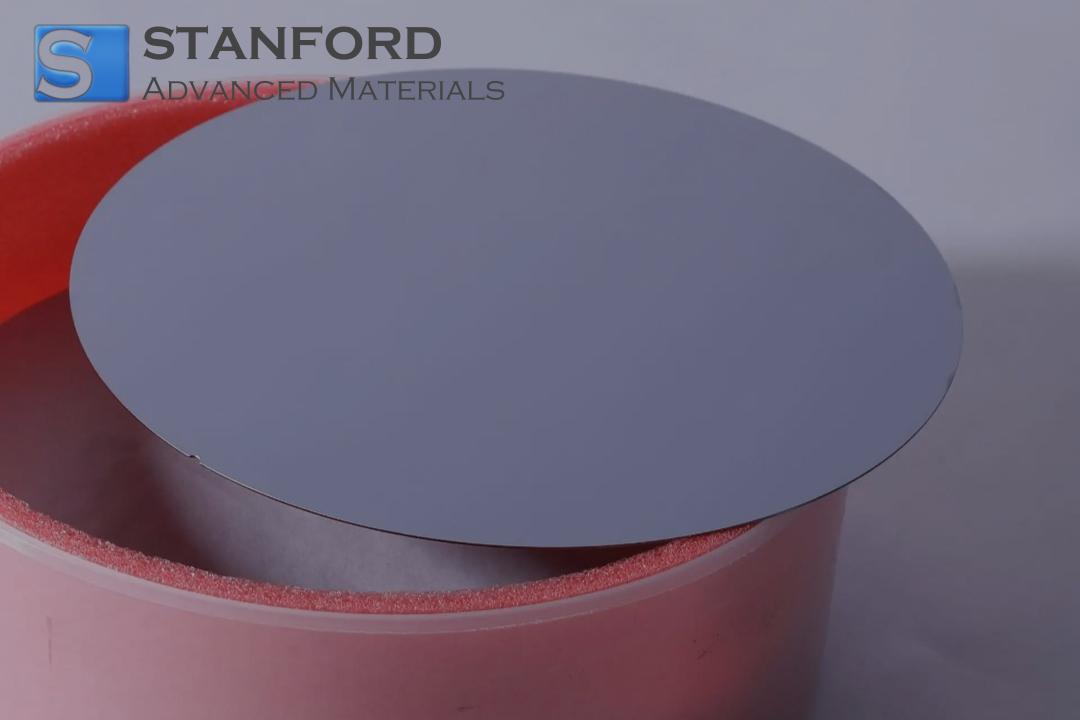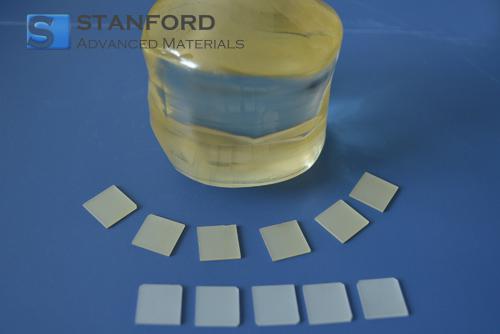Perovskite Solar Cells: Comparison with Other Solar Technologies
Introduction
Solar power plays an important role in our daily lives. Observations indicate significant developments in the industry over the years. Various solar technologies have been identified. One technology recently highlighted is the perovskite solar cell. This discussion will explore the uniqueness of these cells compared with other solar technologies.
What Are Solar Energy Technologies
Solar energy technologies convert sunlight into energy. The most prevalent system is the photovoltaic panel, which directly transforms sunlight into electric current. Additionally, there are solar thermal systems that harness the sun's heat. Many households utilise solar panels on rooftops to reduce electricity costs. Larger systems are employed by farmers and businesses to decrease expenses. Efficiency and affordability have improved over time. Research and engineering continue to advance better materials and methods.
What Are Perovskite Solar Cells
Perovskite solar cells consist of materials that possess a perovskite crystal structure. They have attracted considerable attention due to their ease of production and potential for high efficiency. Initial studies reported efficiencies around 15 per cent. Current findings now indicate values exceeding 20 per cent. This suggests that perovskite solar cells can capture a substantial percentage of solar energy. The fabrication process uses inexpensive materials. Perovskite cells can be printed on low-temperature substrates. Production at the laboratory scale has commenced at some companies. There is growing optimism that perovskite solar cells may soon be integrated into practical products such as building-integrated solar panels and portable energy systems.
Types of Traditional Solar Technologies
Multiple varieties of solar technologies are in use. The most widespread type is the silicon solar cell. There are two categories of silicon cells: monocrystalline and polycrystalline. Monocrystalline cells exhibit greater efficiency. Polycrystalline cells are less efficient but more economical. In addition to silicon, thin-film solar cells employ materials such as cadmium telluride and copper indium gallium selenide. Thin-film cells are flexible and can be applied to curved surfaces. Several emerging technologies rely on organic dyes to capture solar energy. The materials and manufacturing processes vary among each type. All possess distinct advantages and disadvantages concerning cost, efficiency, and longevity.
Comparison with Other Solar Technologies
Perovskite solar cells exhibit several advantageous characteristics. Their manufacturing process is low-cost and economical. Efficiency has risen rapidly in recent years. They differ from silicon cells due to their production at low temperatures. This lowers manufacturing costs and reduces energy consumption.
However, perovskite solar cells face certain challenges. Traditional silicon solar cells boast extensive historical use. They are robust and perform reliably across diverse weather conditions. Many silicon panels still in use have demonstrated lifetimes exceeding 25 years. Conversely, perovskite materials are prone to degradation when exposed to moisture and heat. Researchers continue to work towards enhancing stability through improved processing techniques and protective layers.
Another point of comparison includes flexibility and weight. Perovskite cells can be made flexible, potentially allowing for applications such as foldable solar panels in vehicles or mobile phones. Silicon cells tend to be heavier and inflexible. Regarding efficiency, both technologies are advancing. Silicon solar cells generally achieve efficiencies between 15 and 22 per cent in commercial applications. Perovskite cells are nearing comparable performance even in their early stages, with room for improvement in laboratory conditions.
Moreover, the manufacturing processes differ significantly. Silicon cells require high-temperature and energy-intensive purification. Perovskite cells employ solution-based synthesis, which is less costly. Despite these advantages, long-term stability in perovskite cells is not yet firmly established. In summary, all technologies have their place. The optimal choice depends on cost, installation conditions, and expected lifespan.
Conclusion
In essence, solar power encompasses a variety of technologies. Perovskite solar cells are promising, demonstrating high efficiency and low production costs. They also display flexibility, unlike most conventional cells. Nevertheless, their long-term stability remains under investigation. Established solar cells, such as silicon panels, have proven effective over decades of service. They remain a reliable choice due to their durability and efficiency. Scientists and engineers are persistently striving to enhance the stability of perovskite solar cells. With ongoing research, these cells might compete with or surpass the performance of traditional technologies. Ultimately, both solar technologies play crucial roles in the transition towards sustainable energy. For further information, please consult Stanford Advanced Materials (SAM).
Frequently Asked Questions
F: What are perovskite solar cells?
Q: They are solar cells constructed from materials that have a perovskite crystal structure. They promise high efficiency and low cost.
F: How do perovskite solar cells compare to silicon solar cells?
Q: Perovskite cells are less expensive to manufacture and can be flexible. Silicon cells offer established lifespan and stability.
F: What is the main challenge with perovskite solar cells?
Q: Their long-term stability in heat and moisture poses the main challenge.

 Bars
Bars
 Beads & Spheres
Beads & Spheres
 Bolts & Nuts
Bolts & Nuts
 Crucibles
Crucibles
 Discs
Discs
 Fibers & Fabrics
Fibers & Fabrics
 Films
Films
 Flake
Flake
 Foams
Foams
 Foil
Foil
 Granules
Granules
 Honeycombs
Honeycombs
 Ink
Ink
 Laminate
Laminate
 Lumps
Lumps
 Meshes
Meshes
 Metallised Film
Metallised Film
 Plate
Plate
 Powders
Powders
 Rod
Rod
 Sheets
Sheets
 Single Crystals
Single Crystals
 Sputtering Target
Sputtering Target
 Tubes
Tubes
 Washer
Washer
 Wires
Wires
 Converters & Calculators
Converters & Calculators
 Write for Us
Write for Us


 Chin Trento
Chin Trento



